Wire size for distance
rat423
16 years ago
Featured Answer
Sort by:Oldest
Comments (13)
Ron Natalie
16 years agoRelated Professionals
Auburn General Contractors · Bloomington General Contractors · Dothan General Contractors · ‘Ewa Beach General Contractors · Florham Park General Contractors · Saginaw General Contractors · Sun Prairie General Contractors · Watertown General Contractors · Westerly General Contractors · Maplewood Solar Energy Systems · Old Saybrook Solar Energy Systems · Reedley Solar Energy Systems · Oceanside Home Automation & Home Media · Severn Home Automation & Home Media · Weston Home Automation & Home Mediarat423
16 years agomike13
16 years agoRon Natalie
16 years agorat423
16 years agomike13
16 years agorat423
16 years agomike13
16 years agorat423
16 years agoJeff Martz
3 years agoJeff Martz
3 years agoSeabornman
3 years ago
Related Stories
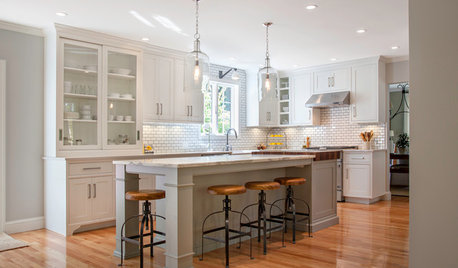
KITCHEN DESIGNKitchen of the Week: Warm and Industrial in New Hampshire
Generous helpings of wood keep white subway tile and cabinets from feeling cold in a kitchen redesigned long-distance
Full Story
HOME TECHReady to Bid Good Riddance to Charging Cords?
A new breed of base stations will reduce wires, decluttering homes and saving sanity everywhere
Full Story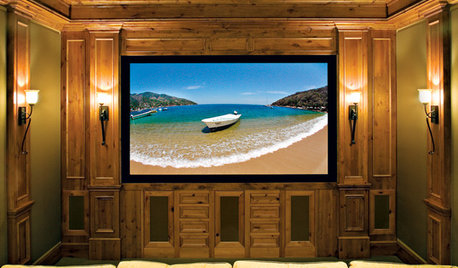
MEDIA ROOMS5 Tips to Turn Your Basement into a Media Room
From wiring to gadgets to decor, a designer tips us off to the secrets for media room success
Full Story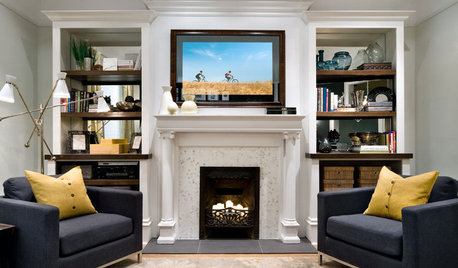
HOME TECHSave Your Decor — Hide Your Media Stuff
When you tuck boxes, wires and speakers into walls and ceilings, all you'll notice is your favorite shows or music
Full Story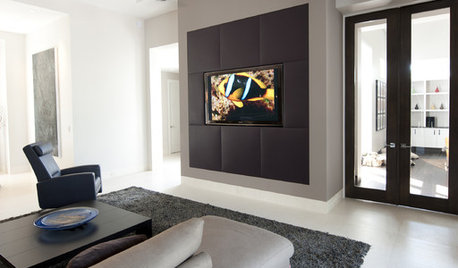
MORE ROOMSMedia Wall Hides the Television in Plain Sight
Award-winning media wall makes TV screen part of the design, hides the wires away
Full Story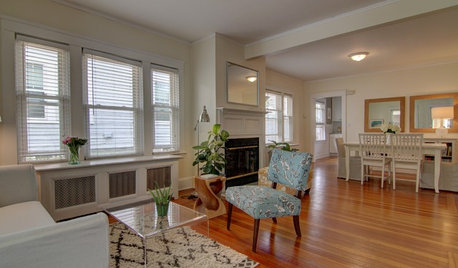
SELLING YOUR HOUSEA Moving Diary: Lessons From Selling My Home
After 79 days of home cleaning, staging and — at last — selling, a mom comes away with a top must-do for her next abode
Full Story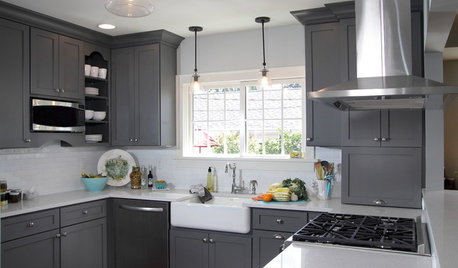
KITCHEN OF THE WEEKKitchen of the Week: New Function, Flow — and Love — in Milwaukee
A traditional kitchen get an improved layout and updated finishes in a remodel that also yields a surprise
Full Story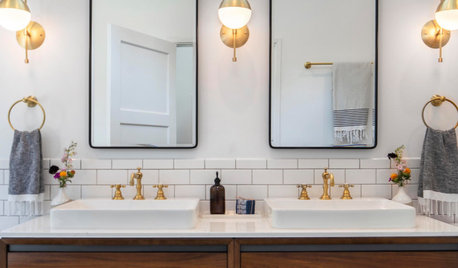
BATHROOM WORKBOOKHow to Get Your Bathroom Vanity Lighting Right
Create a successful lighting plan with tips on where to mount fixtures and other design considerations
Full Story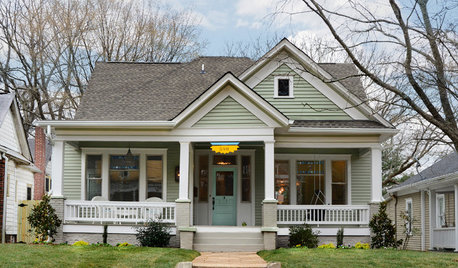
HOUZZ TOURSHouzz Tour: Lovingly Resurrecting a Historic Queen Anne
Dedication and a keen eye turn a neglected eyesore into the jewel of its Atlanta neighborhood
Full Story





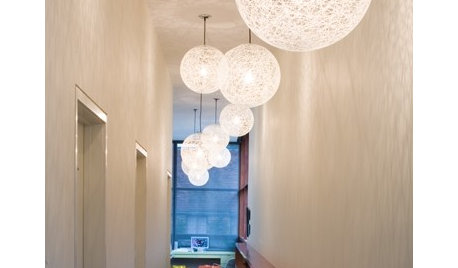




bigbird_1